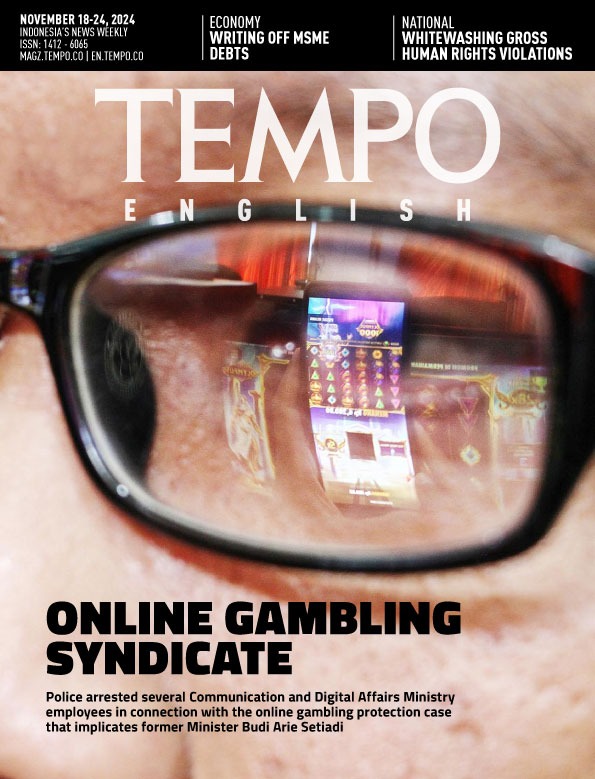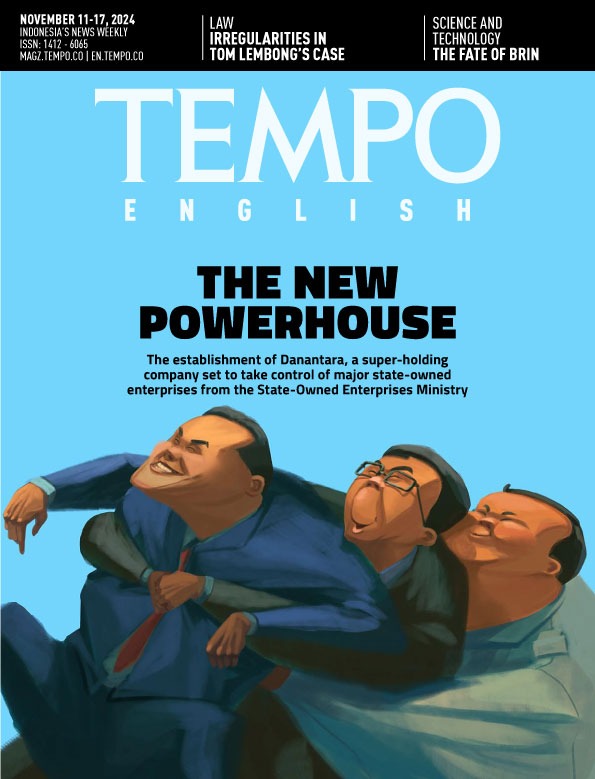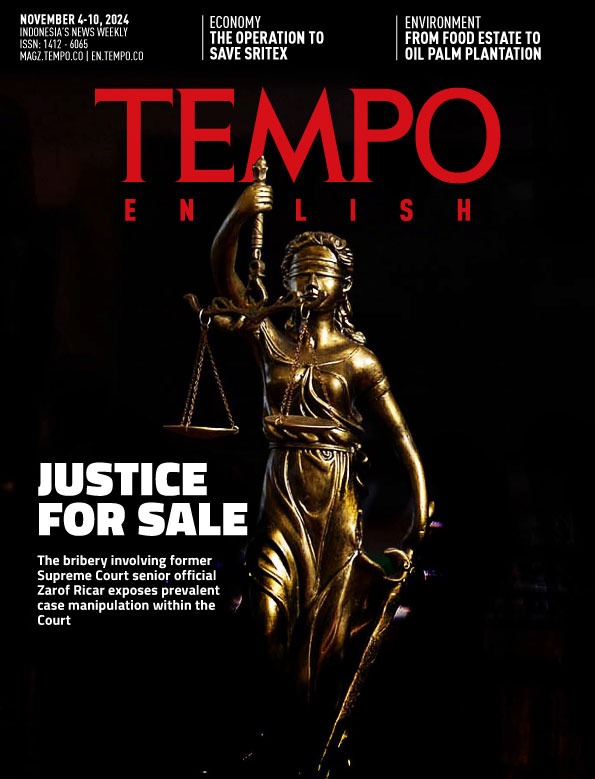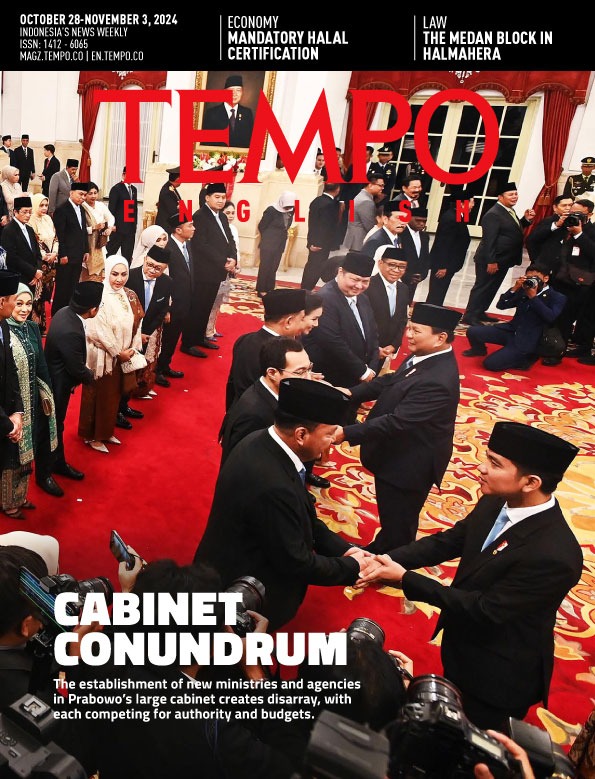The (Literary) Arts in the New Reality
Monday, January 11, 2021
arsip tempo : 173235403484.
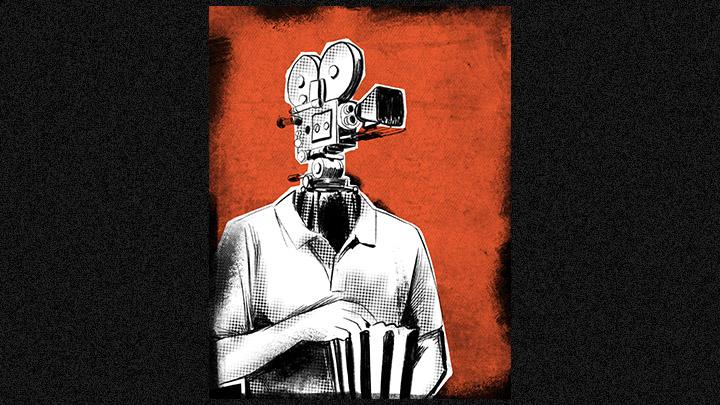
IN December 2020, the Koma Theatre group put on the play Cinta Semesta at the Jakarta Arts Building. This show—the third part of the Gemintang trilogy by N. Riantiarno—was performed without a live audience. The actors from the Koma Theatre group performed in an empty building. The Jakarta Arts Building has been closed to the public since early March when the pandemic hit. Video of the play was broadcast on a virtual pay-per-view
...
Subscribe to continue reading.
We craft news with stories.
 For the benefits of subscribing to Digital Tempo, See More
For the benefits of subscribing to Digital Tempo, See More








